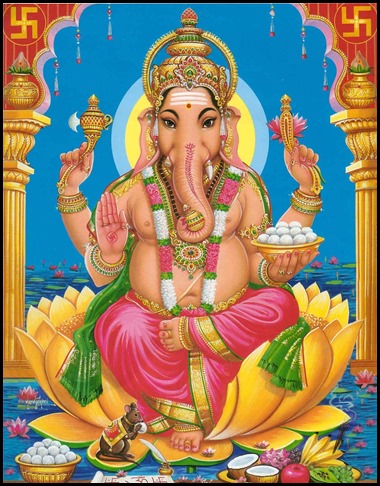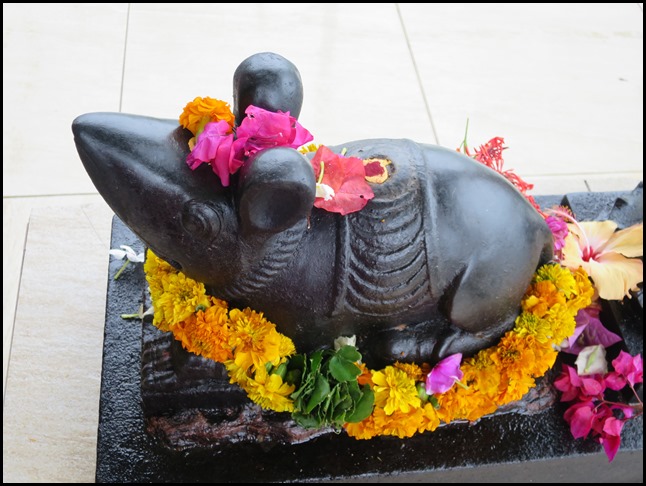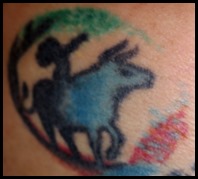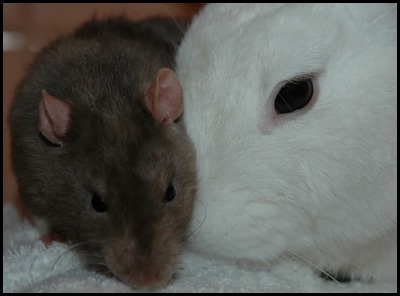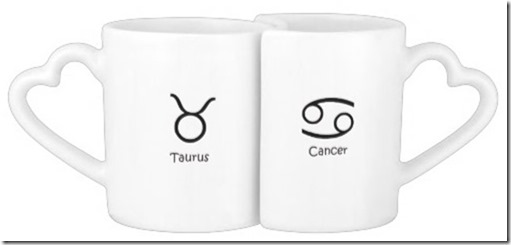Astrological Fun

|
Astrological Fun Brought on By
Mooshika
  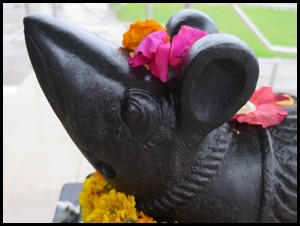 Today during our visit to the temple a thought
struck. Oh dear. No, it happened as I
approached the Shrine to Ganesha. Wherever Ganesha is you see Mooshika
staring adoringly. In any painting the little chap is always somewhere to be
found, no matter how small – rather like Where’s Wally. Then I thought.....
Oh dear, dear me. Shh. There are so many
similarities in the astrology of the China, Hindu, Roman, the list is endless.
So for fun I’ll take a closer look.
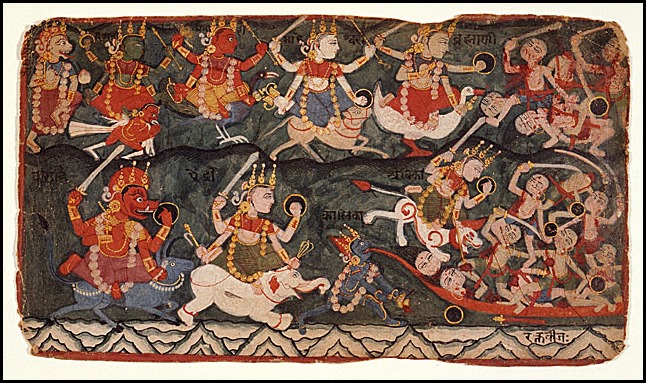 In this Nepali painting the eight Matrikas riding different vahanas – Garuda a peacock. Nandi Bull. Hamsa [goose/swan] Buffalo, elephant and a lion. Many of the main Indian Gods and Goddesses (Devas and Devis) have their own vehicles, mounts or vahanas that comprise various types of animals and birds. While this seems peculiar at first glance, there is a deep inner significance behind their choosing particularly those vahanas. This detailed article gives you invaluable information about these vahanas and their significance both in mundane and spiritual terms. Sometimes, the deity is shown mounted on or riding his or her vehicle, while at other times, the vahana is shown by the deity's side. Many times, this vehicle is also represented by way of symbolisms, as a divine attribute. Though the vahana appears to be independent, it is part and parcel of the deity's presence and has an emblematic or syntagmatic inner meaning to it. Sometimes, the deity's vehicle may also symbolize the evil force, which the deity embodies.
Before you shudder and gasp at the symbols in the top corners of the picture above - the Sanskrit svastika, means “good fortune” or “well-being" and used at least 5,000 years before ‘you know who’.
Mooshika Some of the earliest depictions do not show Lord Ganesha with a vahana at all. The Mudgala Purana talks of eight incarnations of the Lord, in which Ganesha has a mouse in five of them. As Vakratunda, he uses a lion as a vahana. As Vikata, he has a peacock with him and the Sesha (divine serpent) is present with him in his avatar of Vighnaraja. Jail philosophy also shows Ganesha with a mouse, elephant, tortoise, ram or peacock. According to some philosophers, the mooshika appeared as Ganesha's vehicle in India, somewhere around the 7th Century. The earliest mention of the mooshika is in the Matsya Purana, the Brahmananda Purana and then the Ganesha Purana. There is also mention of the Lord using an image of the mouse on His flag. The names, Mooshikavahana (mounted on a mouse) and Akhuketana (mouse flag) appear in the Ganesha Sahasranama. Philosophical connotation of the mooshika: The term 'Mushika' is derived from the Sanskrit root, 'mush', which means, 'to steal'. The rat is generally a destructive creature if not controlled. It robs people of crops and food. In other words, this is a destructive pest that causes a lot of trouble. Bear would not disagree....... In philosophical terms, the human mind tends to be wavering, selfish and full of desires. Many of us do not hesitate to achieve our goals even if it means hurting someone. The mooshika here is the vighna or obstacles created by our own negative mindset and thought patterns. Additionally, our thoughts multiply multifold when left uncontrolled. Like mice attacking in the night, they stealthily attack us in the darkness of our ignorance. Ganesh seated on the mouse signifies His crushing our negative thoughts when we surrender our lives to Him. Our minds are extremely fickle and tend to run around here and there, completely leaving our control on it! Achieving control is a sign of great wisdom. The mouse at Ganesha's feet signifies that He can bring our minds under his control and bestow grace and plentitude on us. Bowing to the Vighneswara's also allows us to gain control over our minds, thereby, getting beyond our vighnas as well! The mooshika, staying at the Lord's feet permanently, signifies the steady mind forever being in prayerful attitude, leaving aside all negativity and ultimately attaining bliss and oneness with Him. The Mushika also signifies abundance. In symbolic terms, the mouse carries Lord Ganesha's immense grace wherever he goes, including the hearts and minds of the devotees in which He resides.
Hare Krishna philosophy takes the story of Mooshika back further. The mount of Ganesh is a mouse called Mooshika, the "Little Hoarder". Mooshika Vahana is also called Mooshikam, Minjur or Akhu. A hyperactive creature, the mouse is symbolic of our indriyas (ten senses). Therefore Ganesh sitting on such a vehicle represents a deity of control over the indriyas. When Shiva and Parvati decided to have their sons, Kartikeya and Ganesh married, they stipulated that he who circumambulated the earth first would be considered the best deity and would be married first. Kartikeya flew off on his vehicle - a peacock. Poor Ganapati's vehicle was a mouse which was no match for a peacock. Being the choicest devotee of God, Parvatiji consoling him showed Ganeshji a simpler and quicker way. She advised him to circumambulate the cow since she also symbolically represents another earth and he had reap the same benefit as going round the earth. Another reference cites him circumambulating his parents. Consoling him, Parvati showed a short cut. She divulged that it was ordained in the scriptures that he who offered puja to his parents and then circumambulated them received the same merit as he who went around the earth. Ganapati hence married first showing that one who obeys the wish of the choicest devotee of God or his parents attains his desired wishes. Hence Ganeshji is invoked first in all auspicious events, rites and rituals such as marriage, opening ceremonies, ground-breaking ceremonies, yagnas and so on.
Me on Bear’s back always usually saying “Come and See”
The Chinese zodiac. The Jade Emperor (The Emperor in Heaven in Chinese folklore) ordered that animals would be designated as calendar signs and the twelve that arrived first would be selected. The rat knew he couldn’t run as fast as some of the others so he cadged a lift on the back of the ox. The ox was happy thinking that he would be the first sign of the years, but the rat had slid off his back, down his leg and snuck in front, and became the first lucky animal of the Chinese zodiac. Cunning eh. Mmm Years of the Rat:
1912,
1924, 1936, 1948, 1960, 1972, 1984, 1996, 2008,
2020. Strengths: Adaptable, smart, cautious, acute, alert, positive, flexible, outgoing, cheerful Weaknesses: Timid, unstable, stubborn, picky, lack of persistence, querulous. Unstable – cannot argue with that, I’ve said it for years. I best stay very quiet at this point. Very wise, very wise indeed…… Best
Matches: Ox, Rabbit, and Dragon. Cannot argue with that as I’m married to a Rabbit.
Years of the
Rabbit: 1915, 1927, 1939, 1951, 1963, 1975,
1987, 1999, 2011, 2023. People with Rabbit sign usually impress others with an image of tenderness, grace and sensitive. They are romantic in relationship, having a high demand in life quality. They avoid arguing with others, and have a capability of converting an enemy into a friend. They are homebody and hospitable, and like house fitting-up. They can work with speed and efficiency, do not insist and get angry easily. But they also like hesitating, which makes them lose many chances. Strengths: Gentle, sensitive, compassionate, amiable, modest, and merciful Weaknesses: Amorous, hesitant, stubborn, timid, conservative. I prefer to call it procrastinating…… Okaaay………
The sign of Cancer is said to be associated with the characteristics: watery, phlegmatic, eloquent, cardinal, northern, commanding, nocturnal, tenacious, intuitive, and fruitful. Cancerians are said to be people of sensation and feeling. They tend to go by their own intuition as opposed to reasonable advice. I’ll go with nocturnal. Handy when I do the two till six shift. Yes indeed.
Taurus was the second sign of the zodiac established among the ancient Mesopotamians - who knew it as the Bull of Heaven - because it was the sign through which the sun rose on the vernal equinox. Due to the procession of the equinox, it now follows Aries. The Bull represents a strong-willed character with great perseverance and determination. Is that posh for stubborn…….. Grrrrr. Don’t you growl at me.
Mr. Waddington would say Fully Interlocking Pieces.
ALL IN ALL VERY HAPPY CONTENTED AND ENTHUSIASTIC
. |
